Gardening is a beloved hobby for many homeowners, providing both aesthetic pleasure and the joy of harvesting fresh produce. However, maintaining a summer vegetable garden can be challenging due to the intense heat and increased care requirements. To help you cultivate a thriving garden, here are 10 essential tips for a successful summer vegetable garden this year.
Enhance the Soil Quality
The foundation of a successful summer vegetable garden is rich, healthy soil. Summer heat can degrade soil quality, making it crucial to enrich your soil with organic compost or fertilizers. When planting, mix in compost or a soil enhancer to improve moisture retention and nutrient transfer. This not only keeps the soil moist but also fosters a healthy environment for beneficial microorganisms and worms, which help protect plant roots from pests and diseases.
Consider performing a soil test before planting to understand its pH and nutrient levels. Based on the results, amend your soil with the necessary organic matter and nutrients. Regularly adding compost to your garden can also help maintain soil fertility throughout the growing season.
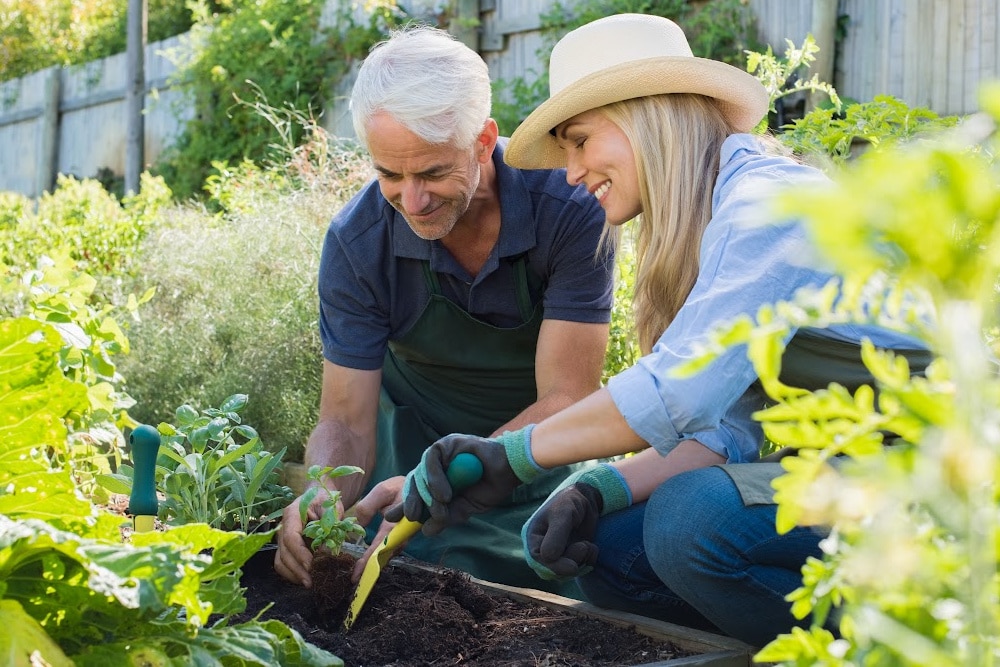
Protect Your Plants with Shade
Summer sun can be harsh, and while vegetables need sunlight to grow, too much can damage them. Installing shade structures like shade cloths, tarpaulins, or shade sails can help protect your plants from the intense midday sun. This will prevent them from wilting and suffering from sunburn, ensuring they remain healthy and productive.
Shade structures can be easily adjusted to provide optimal protection as the sun’s position changes throughout the day. Additionally, consider planting taller crops, such as corn or sunflowers, to provide natural shade for more delicate plants.
Don’t Forget the Compost
Composting is crucial for maintaining plant hydration and stability, especially during hot, dry periods. Organic compost, such as plant compost or coconut coir, absorbs water and retains moisture, providing a consistent water source for your plants. You can make compost at home using dry leaves or buy organic compost from a store. To make compost, collect dry leaves, dig a large hole in your garden, and bury the leaves. After three months, the compost will be ready to enrich your soil.
In addition to leaf compost, consider adding kitchen scraps, grass clippings, and other organic matter to your compost pile. This diversity of materials will provide a wide range of nutrients for your plants. Regularly turning the compost pile can speed up the decomposition process and ensure even nutrient distribution.
Plan Your Summer Vegetable Garden Layout
Careful planning of your summer vegetable garden layout can significantly impact your summer vegetable garden’s success. First decide if you want a traditional garden or raised beds, then start with structural plants and add flowering vegetables for visual appeal and productivity. Use evergreen shrubs at the borders and arrange plants in repetitive patterns for a harmonious look. Select five or six different vegetable varieties and plant them in a way that ensures they complement each other and receive adequate sunlight and air circulation.
Companion planting is another strategy to enhance your garden’s productivity. Some plants, when grown together, can improve each other’s growth and deter pests. For example, planting basil near tomatoes can enhance their flavor and repel insects.

Insect and Pest Control
Insects and pests can wreak havoc on your summer vegetable garden. They create openings in plants that allow viruses and bacteria to enter. Some insects also spread diseases from one plant to another. To prevent pest damage, inspect your garden regularly and use organic or chemical pesticides as needed. If you already have a significant pest problem, consider hiring a professional pest control service to handle it. Ensure any pest issues are resolved before planting new vegetables.
Introducing beneficial insects, such as ladybugs and predatory wasps, can also help control pest populations naturally. These beneficial insects prey on common garden pests like aphids and caterpillars, reducing the need for chemical interventions.
Clean Your Garden in the Fall
Preparing your summer vegetable garden for the next growing season is just as important as caring for it during the summer. Clean your garden in the fall to remove dead leaves and debris, which can harbor diseases. Use tools like leaf blowers and mulching lawn mowers to dispose of leaves properly. Removing diseased plant material helps prevent diseases like iris leaf spot and black spot on roses from overwintering and infecting new growth in the spring.
Consider planting cover crops, such as clover or rye, in the fall to protect and enrich your soil over the winter. These crops can prevent soil erosion, suppress weeds, and add organic matter to the soil when tilled under in the spring.
A Summer Vegetable Garden Requires Adequate Water
Watering is critical for a successful summer vegetable garden. Vegetables need more water in summer than any other season. Investing in an efficient irrigation system, such as drip irrigation or soaker hoses, can ensure your plants receive consistent moisture without wasting water. Efficient irrigation systems can be set to water at optimal times, ensuring your plants get the water they need when they need it.
Using mulch around your plants can also help retain soil moisture and reduce the frequency of watering. Organic mulches, such as straw or wood chips, can decompose over time, adding valuable nutrients to the soil.
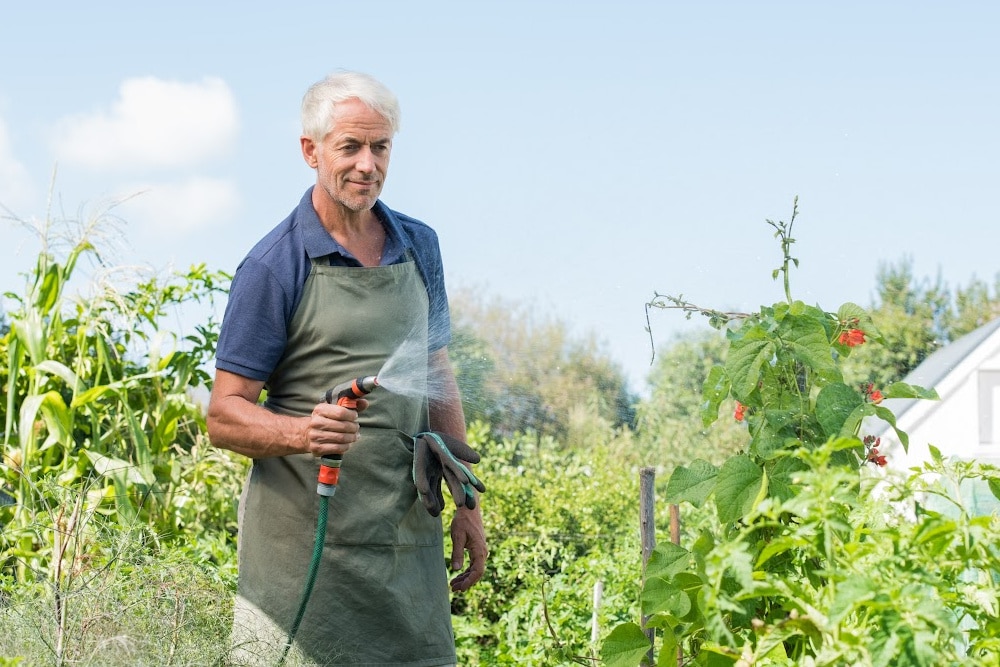
Water Your Garden at the Right Time
Timing is everything when it comes to watering your summer vegetable garden. The best time to water your plants is in the early morning when temperatures are cooler. This allows water to penetrate the soil and reach the roots without much evaporation. Morning watering ensures plants have sufficient moisture throughout the day to withstand the heat.
Avoid watering in the evening, as prolonged moisture on leaves can promote fungal growth. If morning watering is not possible, late afternoon is the next best time, allowing plants to dry before nightfall.
Prune for Increased Yield
Pruning is an essential task for maintaining healthy plants. Prune shrubs and trees in late winter to remove damaged or diseased limbs. This helps prevent the spread of disease to new growth in the spring. Regular pruning encourages healthy growth and improves air circulation around plants, reducing the risk of fungal infections.
For vegetable plants, regular pruning can also increase yield. For example, removing suckers from tomato plants can direct more energy into fruit production. Prune lower leaves of leafy greens to improve air circulation and reduce the risk of diseases.
Harvest Regularly
Regular harvesting is essential for a successful summer vegetable garden. Harvesting not only ensures you enjoy the freshest produce but also encourages plants to continue producing. Many vegetables, such as beans, zucchini, and cucumbers, will stop producing if mature fruits are left on the plant too long.
For optimal flavor and nutrition, harvest vegetables at their peak ripeness. Here are a few tips for common summer vegetables:
Tomatoes: Pick when they are fully colored and slightly soft to the touch. For the best taste, allow them to ripen on the vine.
Cucumbers: Harvest when they are firm and dark green. Overripe cucumbers can become bitter.
Beans: Pick beans when they are slender and before the seeds inside start to bulge. Regular picking encourages more beans to develop.
Zucchini: Harvest when they are about 6-8 inches long. Larger zucchinis can become tough and seedy.
Check your garden daily during peak harvest time. Use clean, sharp tools to cut vegetables to avoid damaging the plant. For leafy greens, harvest the outer leaves first, allowing the inner leaves to continue growing.
Note: If you find that you have produced more vegetables than you can use, please consider donating the surplus to a local food pantry or homeless shelter. They are always grateful to receive fresh produce to help feed hungry families in your community. You can also join Plant a Row for the Hungry.
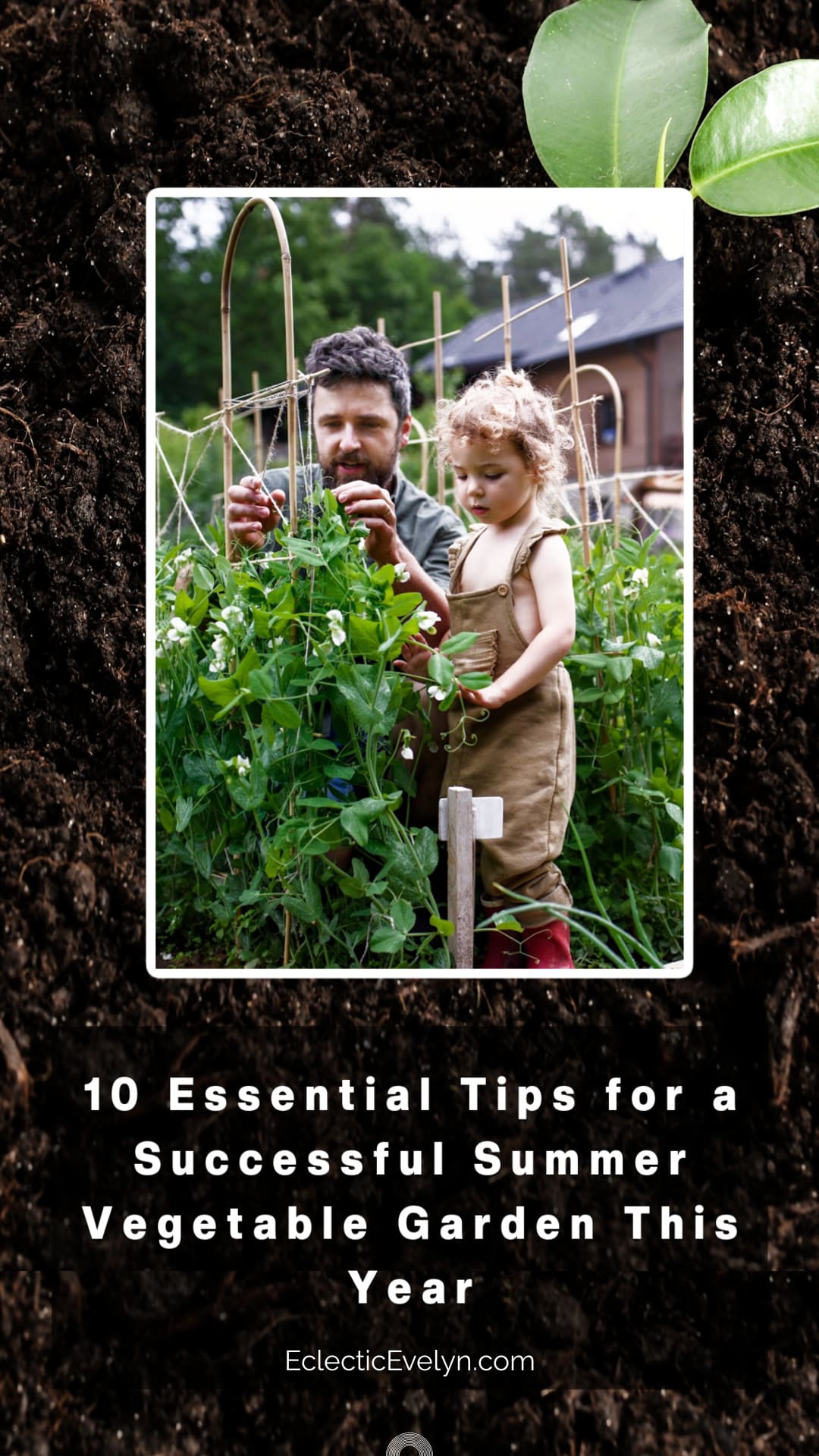
Maintaining a summer vegetable garden requires dedication and proper care, but the rewards are worth the effort. By enhancing soil quality, protecting plants from excessive sun, using compost, planning your garden layout, controlling pests, cleaning your garden, ensuring adequate watering, pruning damaged limbs, and harvesting regularly, you can enjoy a bountiful harvest of fresh vegetables. Follow these 10 essential tips for a successful summer vegetable garden this year, and you’ll be well on your way to a productive and thriving garden. Happy gardening!


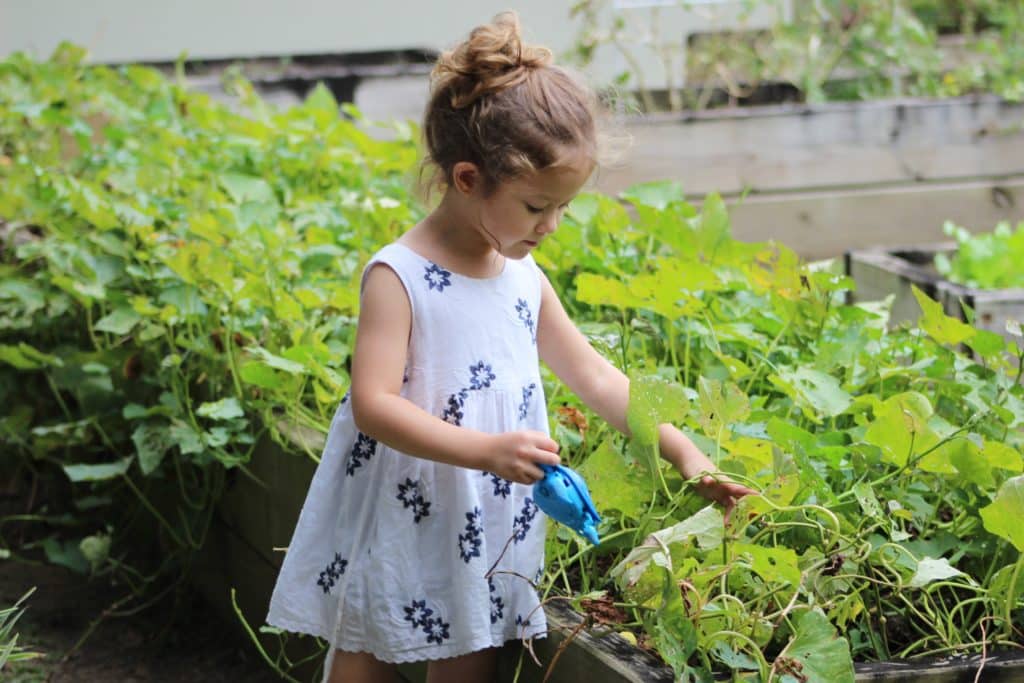

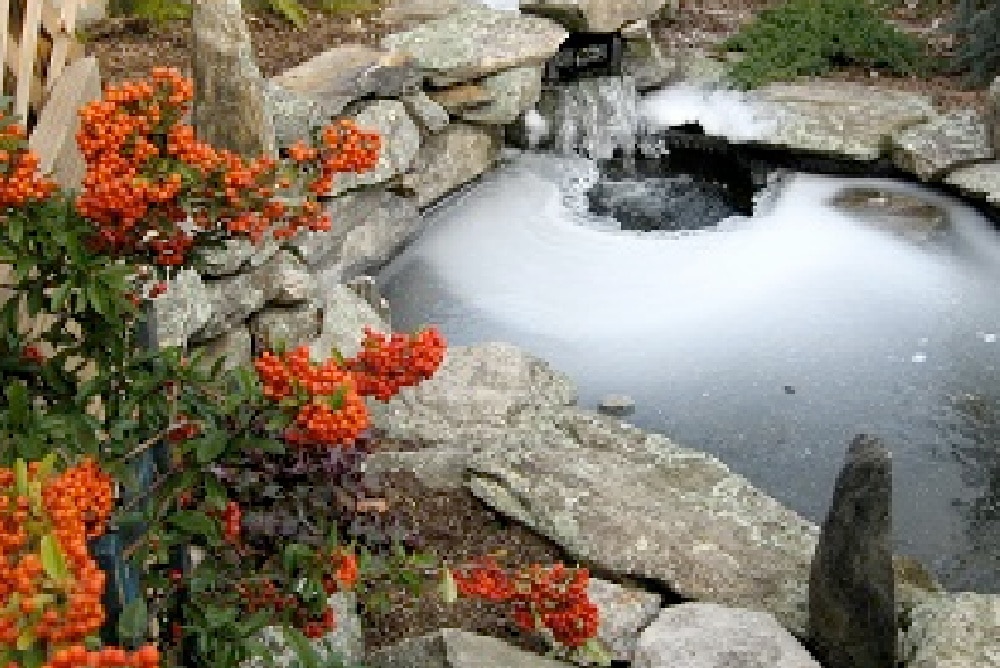
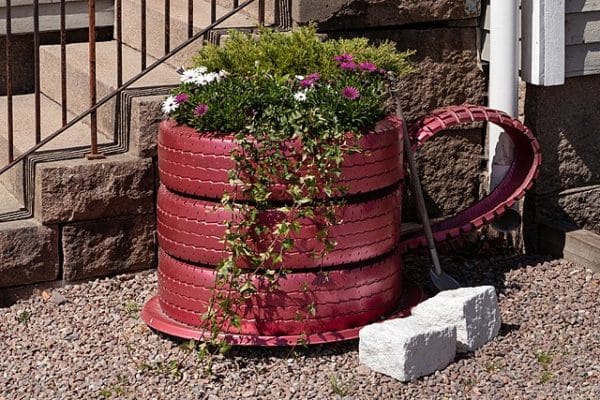
Gardening summer plants is a great way to celebrate the season! Thanks for sharing these tips!
I have creating a monster of a garden over the years.Your tips are good. It does take work but I love it.
Thanks, we are putting in our first garden. INSECTS are our problem and heat. Great tips. Excited
What a cute little girl! These are great tips. Thanks for posting!